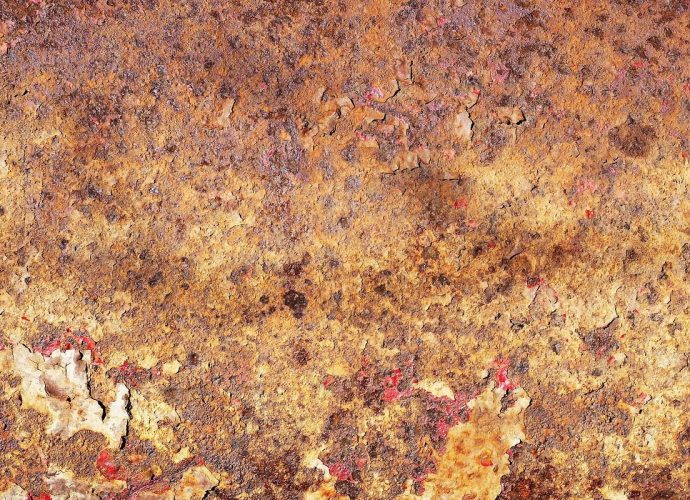Can You Use Plastic Plates In The Microwave?
To see if a plastic container or wrap is microwave-safe, check the label: Products labeled “Microwave Safe” can be used in a microwave. Products labeled with an imprinted microwave symbol can be used in the microwave. What plastic can go in the microwave? In general, paper products, aluminium, polyethylene terephthalateRead More →









